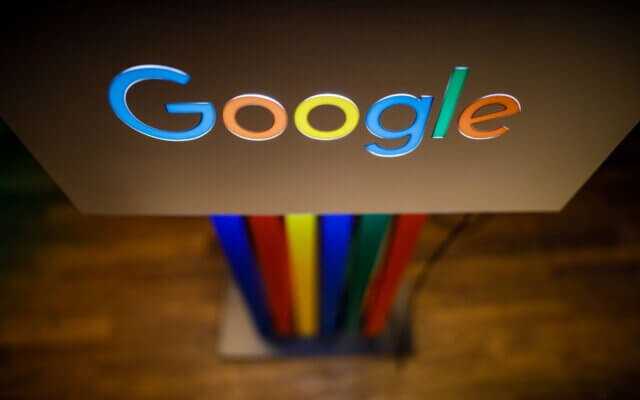This article will explain the changes in the environment for viewing YouTube and other video streaming services, and points to keep in mind when running ads on those platforms.
Changes in User Video Viewing Environments
– The Spread of Connected TVs and their Increased Viewership
With the increase in the number of hours spent at home, the way people spend their time has also changed. According to a survey by INTAGE, the rate of smart TV ownership, which allows users to enjoy videos and web services via the Internet, was approximately 32% in 2021. In other words, about one in three people have access to a smart TV.
Source: https://gallery.intage.co.jp/smarttv/
Connected TVs are being used not only for terrestrial broadcasting as in the past, but also for video streaming services such as YouTube and TVer. In fact, looking at the average breakdown of the devices on which YouTube video ads were delivered from the multiple projects we’ve handled, we can see that the number of ads delivered on TV screens has been increasing year after year. It can be said that the spread of these devices has led to a shift from using smartphone screens to using the TV screen to view content from streaming services.

The Spread of Connected TVs and their Increased Viewership
It can be said that there are two major differences when viewing videos on television screens and smartphones.
– Co-viewing
Unlike smartphones and PCs, which are suited for individual viewing, TVs can be viewed by a large group of people in a living room. Covid-19 has changed the way people view content, and an increasing number of consumers across all age groups are now watching videos with two or more people. Co-viewing can lead to conversation through the content, and the content may be more memorable than when viewed by a single person.
– Multi-tasking
This may at times be considered to be a weakness, especially when compared to smartphones, but televisions are often kept on while the viewer engages in some other task. Our in-house research* confirms the following points.
- Ads aired on TV screens are not viewed for about 2 seconds at first, and after that, the viewer disregards it if they feel it is no longer interesting.
- Ads viewed on smartphones are always seen from the beginning, and if an ad can’t be skipped, viewers are forced to view it.
While TVs may not be suitable for viewing ads until the end, we believe that the ability to operate a smartphone while watching TV allows people to search for and purchase any products they see on ads right on the spot.
*In-house research
・Research period: March 2022
・Research method: Central location test involving eye-tracking glasses used to track the subjects’ ・eyes as they view ads on different media.
N=20
Each device has its pros and cons. We believe that media planning in the future will require ad planning without ignoring these features.
Ads Using Television Screens
The following are actual examples of ads on YouTube TV screens that we’ve run.
– Case Study of a Comparison with Television Commercials and Increasing Conversions Efficiently
An advertiser wanted to reach a limited number of users and increase conversions. The advertiser hypothesized that TV commercials could reach a large number of users, but that the cost of TV commercials would be enormous because of the lack of targeting.
To test this hypothesis, we decided to test areas where both TV commercials and YouTube were aired and areas where only YouTube was streamed on TV screens and judged the results in terms of incremental conversions.
The results showed that compared to the area in which both were streamed, the YouTube-only area had about 1/10th the reach and half the frequency. However, the conversion lift was nearly twice as high, and when converted to incremental CPA*, the YouTube stand-alone area was able to acquire conversions at 1/10 the efficiency of the TV commercial + YouTube area. Of course, the volume of distribution is lower for YouTube on its own, but this is an example of efficiently promoting conversions to a limited target audience.
*Incremental CPA: The cost required to acquire the next conversion.

Summary
This doesn’t mean that TV commercials and mobile video ads aren’t useful. Although only one case was introduced in this report, there are cases where promotion KPIs can be efficiently achieved by making good use of ad delivery on TV screens.
We believe that it’s necessary to continue devising methods in accordance with promotional objectives, keeping an eye on changes in the viewing environment of consumers, for whom connected TVs are now part of the viewing environment, rather than viewing YouTube ads only on smartphones and PCs as was the case in the past.
Want to know more about Digital Marketing?
Contact us to discuss how we can work together.

Irep Inc. is an award-winning global digital marketing agency based in the San Francisco Bay Area. Our headquarters are in Tokyo and our network spans more than 20 countries. In Japan, we are ranked No. 1 for performance-based marketing. We also offer highly specialized market entry, as well as integrated marketing and localization services. Since 1997, our data-driven solutions have effectively led our diverse international clientele to continuous success in Japan, Asia, and beyond.
Irep Inc.
LinkedIn: https://www.linkedin.com/company/irepinc
Email: info@irep.inc
Address: 900 Concar Dr. Suite 400, San Mateo, California 9440



